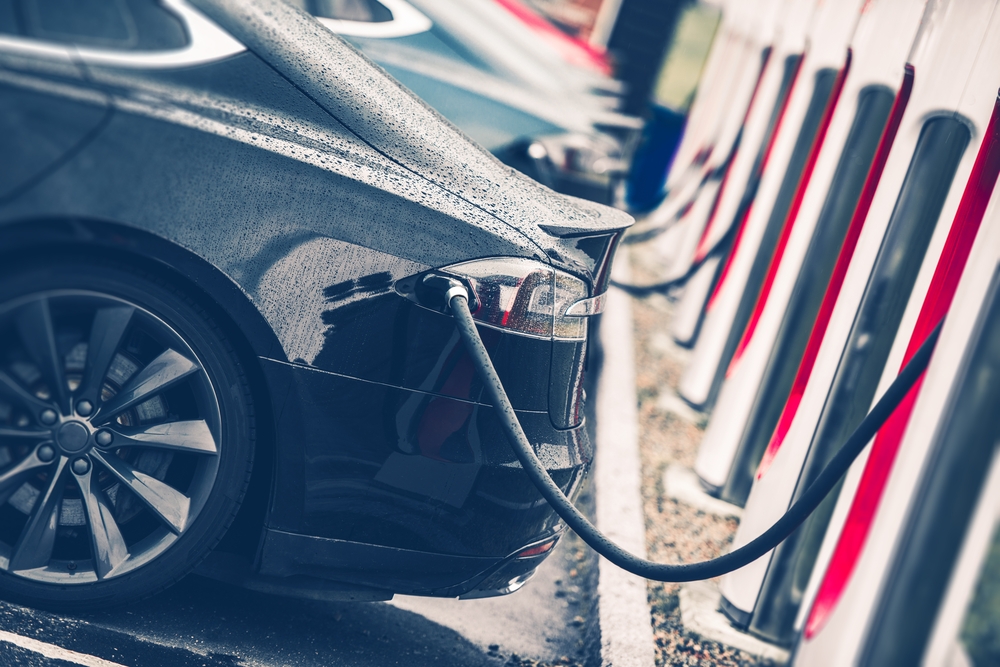EV growth means electric utilities must dedicate resources now, experts say

The best way to achieve large-scale electric mobility is for large utilities to take a proactive approach.
Although there are an array of challenges for electric utilities, the just-released report, “Preparing for an Electric Vehicle Future: How Utilities Can Succeed,” is a solid starting point.
“They need to start today,” said report co-author Dan Wilson, senior product manager of Energy Services at Chanje Energy, during this week’s webinar hosted by the Smart Electric Power Alliance (SEPA). “[There will soon be] a massive need for infrastructure.”
By 2040 there will be an estimated 500 million passenger electric vehicles (EVs) on the roads in the United States, China and Europe, projected BloombergBNF. Those vehicles are expected to make up about 57 percent of passenger vehicle sales in those countries. In addition, Bloomberg estimates that 40 million commercial vehicles will be on the roads of those countries by 2040. EVs are expected to account for 56 percent of light-duty new sales and 31 percent of medium-duty new sales.
The move toward a massive increase in EV adoption is spurred by a number of events.
“The Amazon order of [100,000] electric trucks, that by itself will probably accelerate the trend lines to the left,” Wilson said. “Other points that will speed EV adoption include an 80-90 percent decline in lithium-ion battery prices.” He went on to discuss other positives for EV adoption including vehicle availability, new applications, lower maintenance costs, lower fuel costs and more automaker incentives.
The missing piece of the puzzle, he said, is a readily available infrastructure. Edison Electric Institute forecasts that 9.6 million charging ports will be needed in the United States by 2030 to satisfy demand.
“As we look at increasing the scale of EVs, the infrastructure will scale up as well. We are looking at multi-megawatt capacity for each charger, he said. “We’re also looking at substation upgrades or new substations in some cases. That can take many years to plan and install. The good news is that the large heavy-duty segment won’t be on the road for a few years. Still, utilities need to plan today for those large EVs in the future.”
Report co-author Jordan Smith, senior engineer of Grid Technology and Modernization at Southern California Edison, said one way utilities can streamline their preparation is to establish a dedicated team that concentrates on the project. “That way the bar can continually reach to higher and higher levels of power,” he said. “This also minimizes the chances of unnecessary upgrades and bad timelines.”
The authors also stressed that customer engagement and education is key to the success of EV infrastructure development. If utilities do not prepare for the future, EV adoption may be thwarted by infrastructure.
Webinar presenters included report co-authors Paul Stith, director of strategy and innovation at Black & Veatch and April Bolduc, president of S Curve Strategies.
The authors announced their preparation of a second report that said would take a deep dive into how utilities and other stakeholders can restructure teams, streamline processes, avoid information silos and improve customer engagement. The report is expected to be available in 2020.
